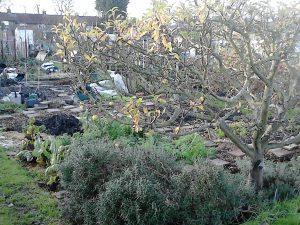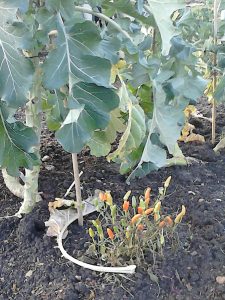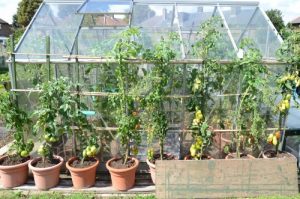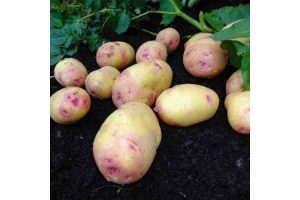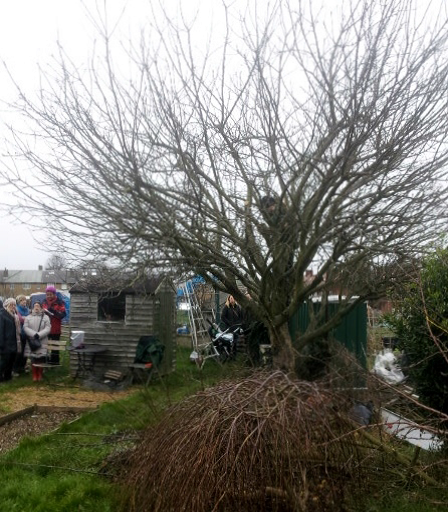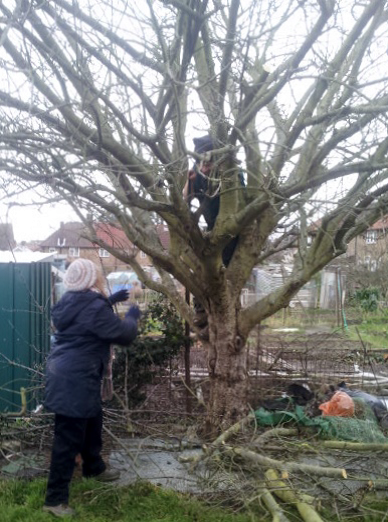Maintaining soil and structures and planning ahead
- As crops are harvested clear debris and cover cleared soil with weed suppressant.
- Plan a crop system for vegetables- leaving a minimum of two years before replanting crops in the same place.
- Complete winter digging of bare beds and cover the ground to warm beds for early crops.
- Open greenhouse vents on mild days
- Clean greenhouses, staging, pots and seed-trays for the coming growing season.
Sowing and growing
- Apply winter washes to fruit trees to control overwintering pests.
- Start ‘chitting’ tubers of early potatoes in trays in a cool, light, frost-free location.
- Sow broad beans in pots under cover.
- Sow winter salads in a greenhouse or windowsill.
- Sow summer brassicas and spinach on a windowsill to plant out in late February.
- Aubergines can be sown under cover on a sunny windowsill from late January.
- Bring potted runners of strawberries under glass for forcing.
- Sow later sweet peas now and pot on autumn-sown sweet peas, pinching out the tip after 4 pairs of leaves have developed or when plants have reached 3.5 cms. Place on a sunny windowsill, in a cold frame or greenhouse.
- Ensure brassicas are protected against pigeons by netting.
- Begin forcing rhubarb for an early crop by placing a bucket or forcing jar over the crop.
Harvesting
- Harvest parsnip, swede, sprouting broccoli, Brussels sprouts, leek and turnip.
Pruning
- Prune overgrown blackcurrant bushes- remove a third of the old, weak or unproductive stems to ground level to encourage new basal shoots.
- Prune freestanding apples and pears, maintaining an open centre. Do not remove more than 20% of the crown in one winter
- Prune gooseberries, redcurrants and whitecurrants by removing dead wood and low lying shoots. Prune last year’s growth of the main stems by about a half. Prune all side-shoots back to one to three buds from their bases.
- Prune grapevines before mid January.
Gardening for wildlife
- Regularly replenish bird feeders.
- Clear out bird boxes by removing old nests and rinse out boxes.

